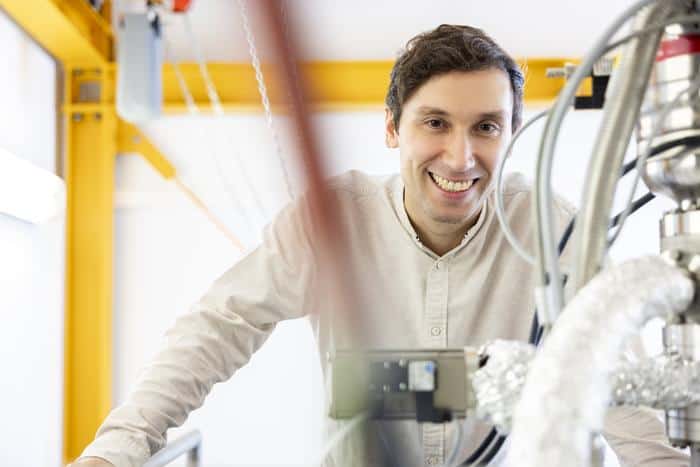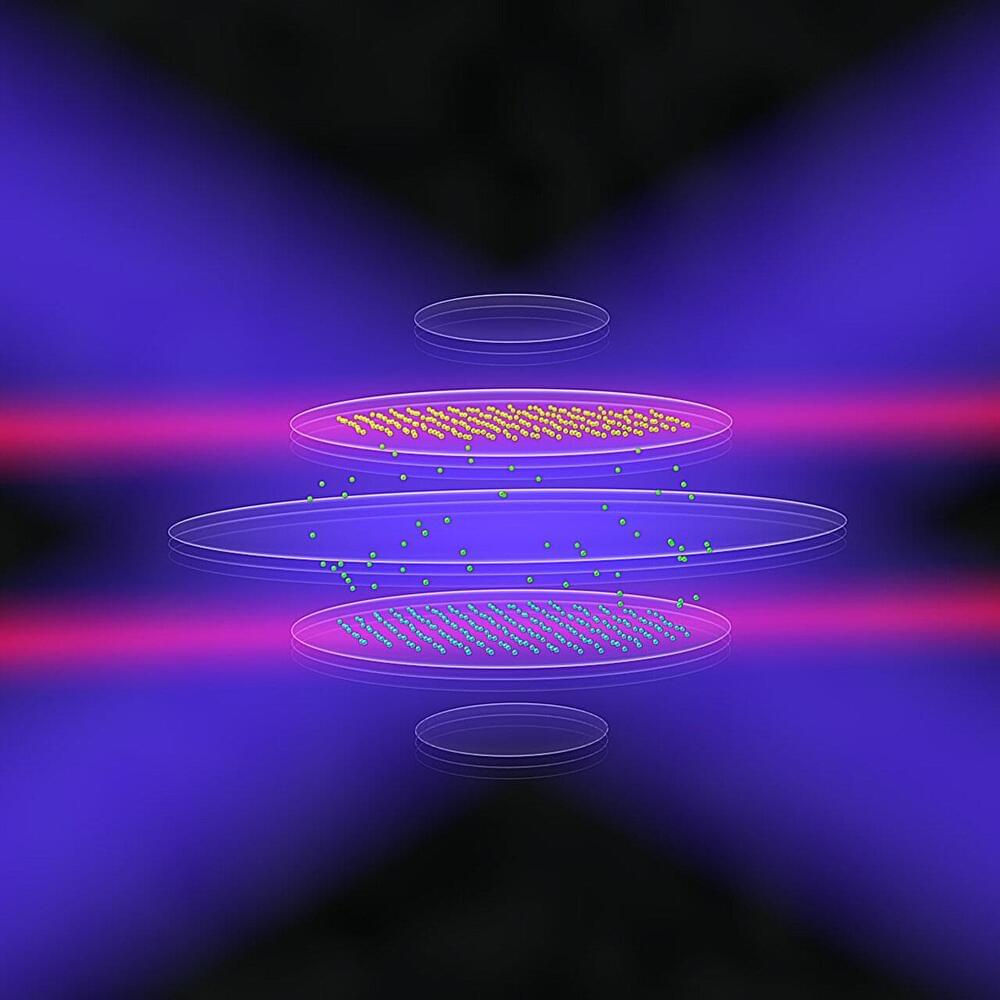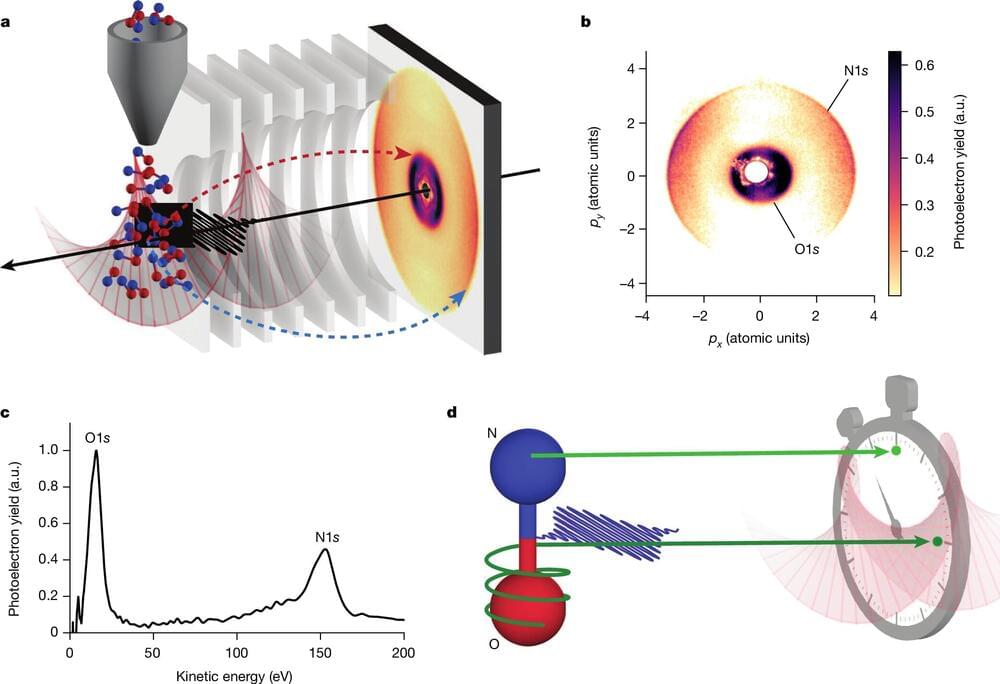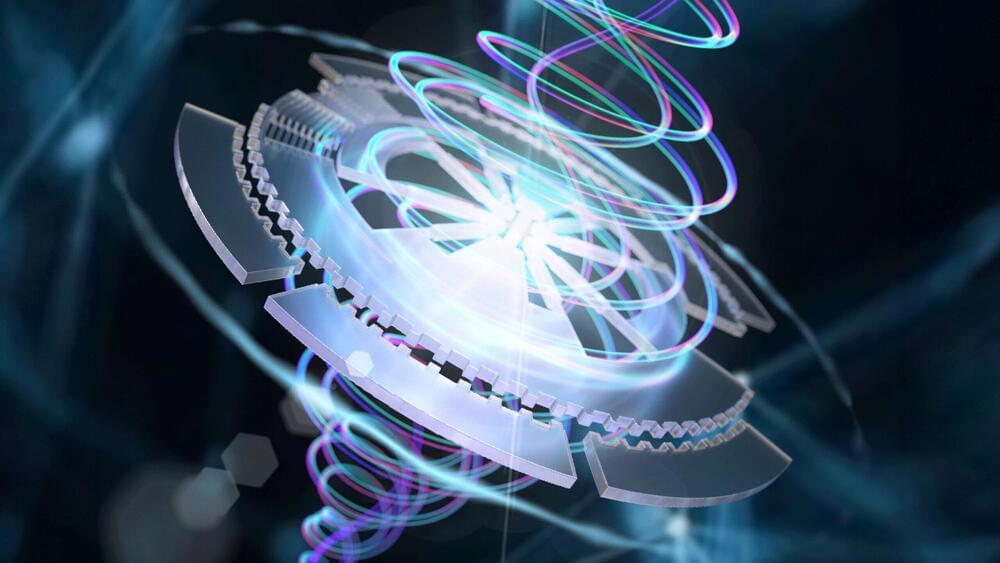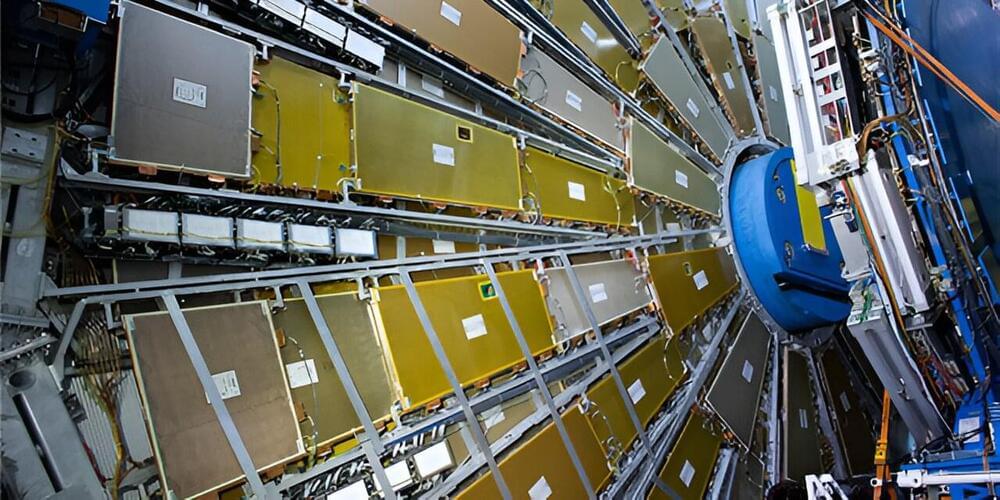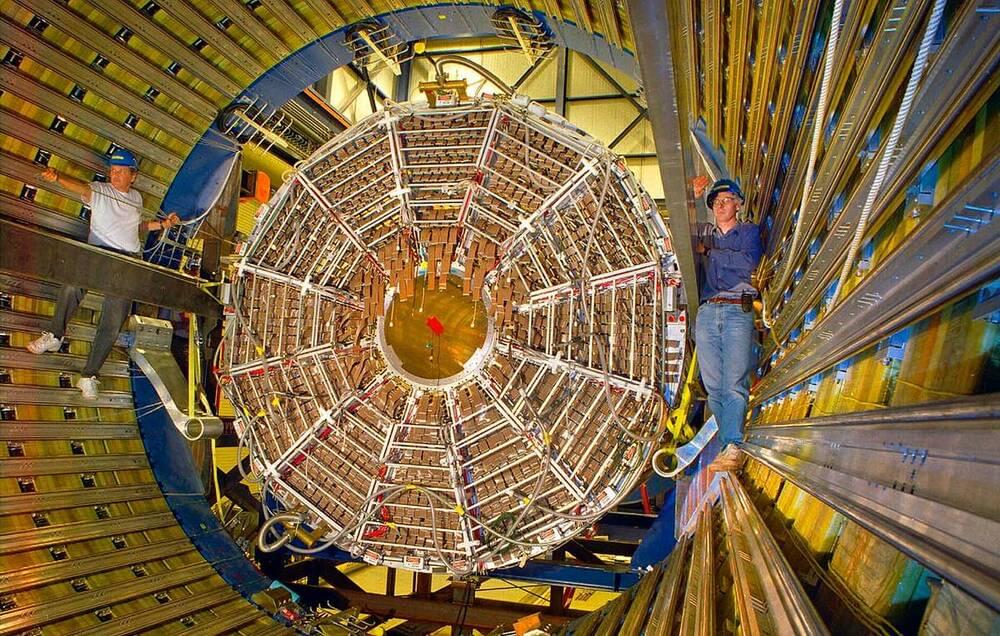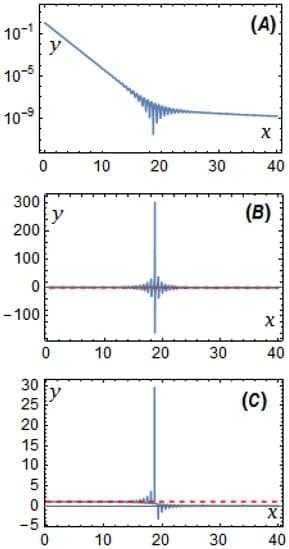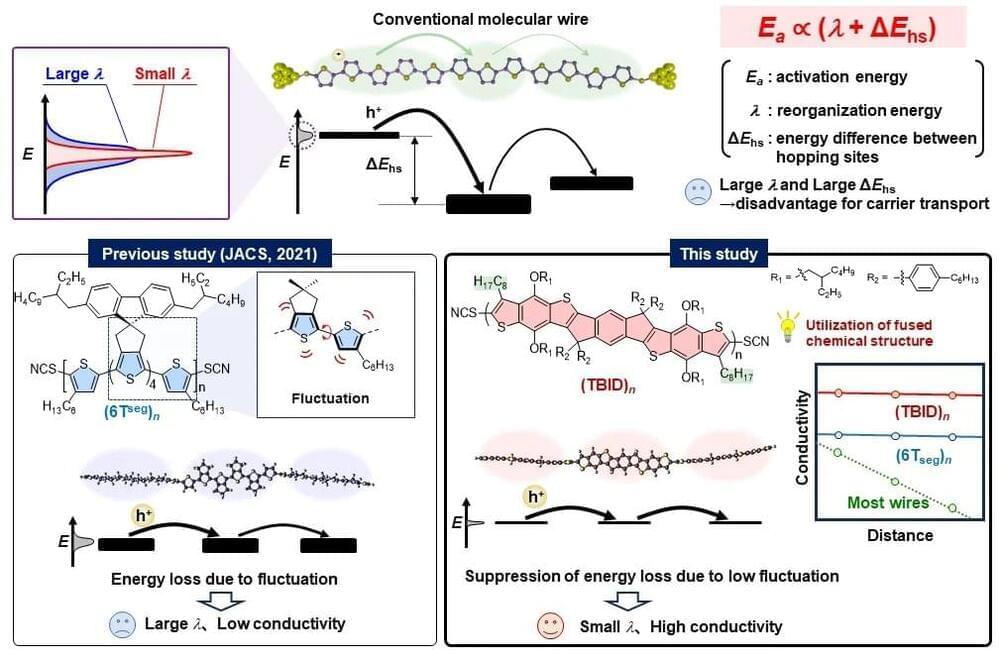Aug 24, 2024
Engineers make tunable, shape-changing metamaterial inspired by vintage toys
Posted by Dan Breeden in categories: particle physics, robotics/AI, space
Common push puppet toys in the shapes of animals and popular figures can move or collapse with the push of a button at the bottom of the toys’ base. Now, a team of UCLA engineers has created a new class of tunable dynamic material that mimics the inner workings of push puppets, with applications for soft robotics, reconfigurable architectures and space engineering.
Inside a push puppet, there are connecting cords that—when pulled taut—will make the toy stand stiff. But by loosening these cords, the “limbs” of the toy will go limp. Using the same cord tension-based principle that controls a puppet, researchers have developed a new type of metamaterial, a material engineered to possess properties with promising advanced capabilities.
Continue reading “Engineers make tunable, shape-changing metamaterial inspired by vintage toys” »

